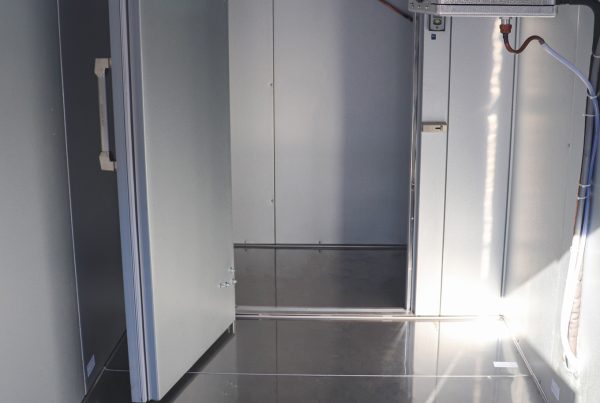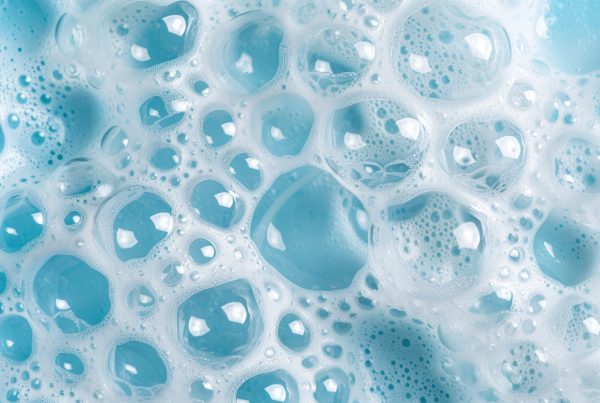
Extruded polystyrene panels for walk-ins.
Extruded polystyrene is the most efficient insulation available on the market. Over time, extruded polystyrene resists moisture while other insulations start absorbing it. One must consider a real life application to understand moisture absorption.
Freezers normally operate at -10° F inside, but may have an exterior temperature of up to 95° F or even more. With the extreme difference in temperatures, the insulation is vulnerable to retaining moisture in the structural voids. When water starts collecting inside walk-in insulation, the R-value drops and moisture inside the insulation starts to freeze.
When moisture is absorbed and R-values start to decrease, refrigeration systems start working harder and longer to make up for the heat transferring into the walk-in. A refrigeration system working overtime means higher energy bills. By using extruded polystyrene, consumers can save that money.
Extruded polystyrene is unique; the insulation is a closed-cell product, meaning the cells of the material are so tightly packed together that moisture has a difficult time penetrating, which is optimal for moisture resistance and keeps the R-value from decreasing.
Using studies performed by the U.S. Army Corps of Engineers (CREEL), U.S. Cooler demonstrated extruded polystyrene saved consumers over $5,000 in energy costs over the first five years of operation. The savings again are due to extruded polystyrene’s ability to resist moisture and to retain its R-value better than other insulators.
When buying and selling walk-ins, consider more than the initial cost of the walk-in-consider energy costs. Educate yourself about how to save money; to find out more about extruded polystyrene and energy savings, call 800.521.2665 or visit www.uscooler.com.





